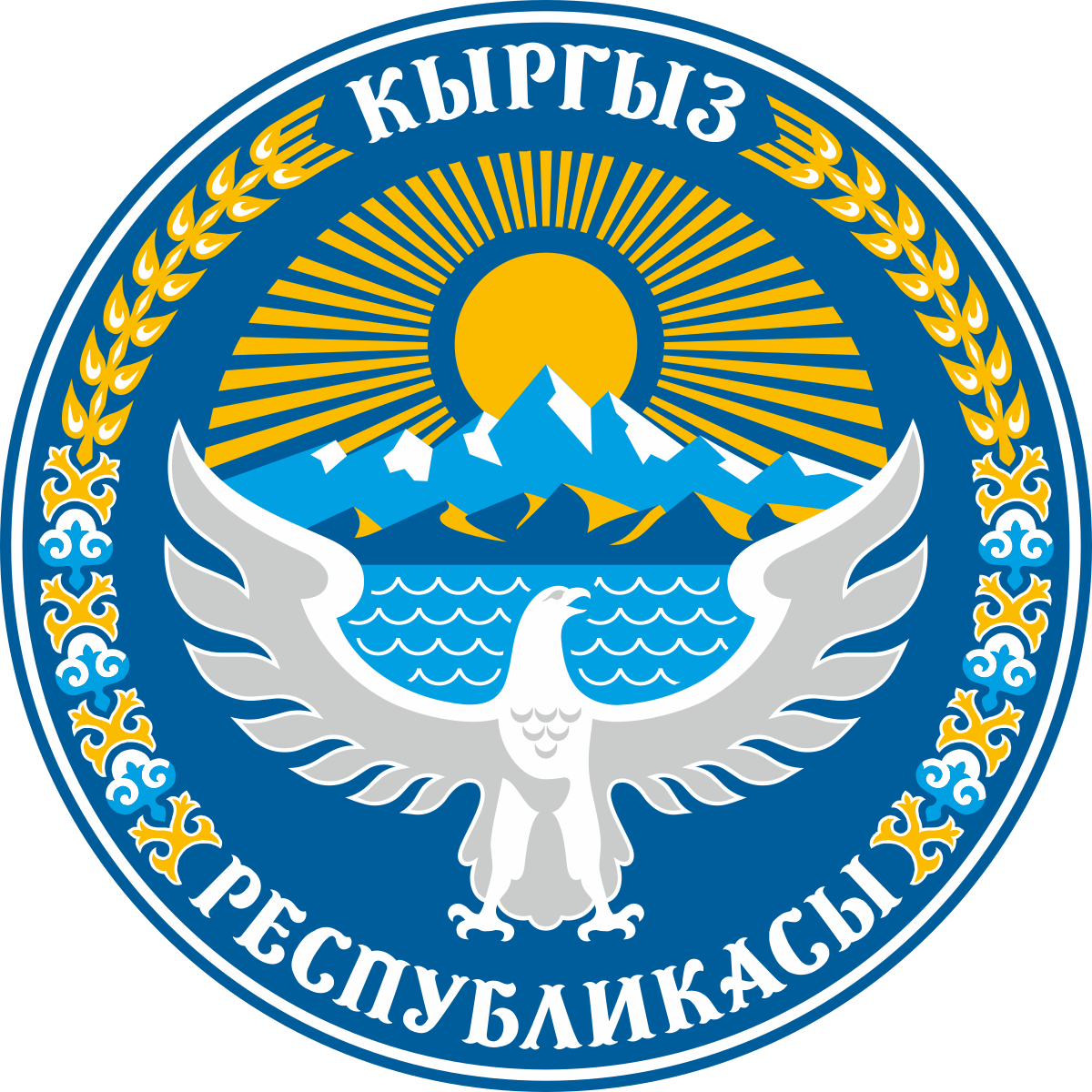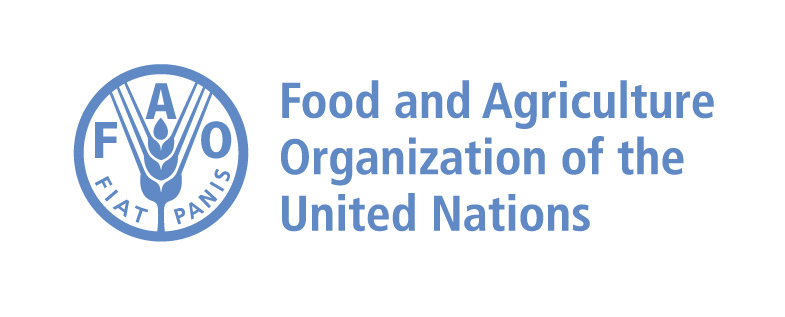A Central Asian country of incredible natural beauty and proud nomadic traditions, most of the territory of present-day Kyrgyzstan was formally annexed to the Russian Empire in 1876. The Kyrgyz staged a major revolt against the Tsarist Empire in 1916 in which almost one-sixth of the Kyrgyz population was killed. Kyrgyzstan became a Soviet republic in 1936 and achieved independence in 1991 when the USSR dissolved. Nationwide demonstrations in the spring of 2005 resulted in the ouster of President Askar AKAEV, who had run the country since 1990. Former Prime Minister Kurmanbek BAKIEV overwhelmingly won the presidential election in the summer of 2005. Over the next few years, he manipulated the parliament to accrue new powers for the presidency. In July 2009, after months of harassment against his opponents and media critics, BAKIEV won reelection in a presidential campaign that the international community deemed flawed. In April 2010, violent protests in Bishkek led to the collapse of the BAKIEV regime and his eventual flight to Minsk, Belarus. His successor, Roza OTUNBAEVA, served as transitional president until Almazbek ATAMBAEV was inaugurated in December 2011, marking the first peaceful transfer of presidential power in independent Kyrgyzstan's history. Continuing concerns include: the trajectory of democratization, endemic corruption, poor interethnic relations, border security vulnerabilities, and potential terrorist threats.
Under the 2010 Constitution, ATAMBAEV is limited to one term, which will end in 2017. Constitutional amendments passed in a referendum in December 2016 include language that transfers some presidential powers to the prime minister. Disagreement over the constitutional amendments compelled ATAMBAEV’s ruling Social Democratic Party of Kyrgyzstan to dissolve and create a new majority coalition in the Jogorku Kengesh that excluded opposition parties critical of the amendments.
Kyrgyzstan is a parliamentary republic.
Source: CIA World Factbook
Members:
Resources
Displaying 61 - 65 of 85Ministerial Decree No. 612 validating the Regulation on state control over land tenure and land protection.
This Ministerial Decree establishes the modalities of carrying out state control over land tenure and land protection by the authorized state land institution and local self-government. The purpose of state control shall be enforcement of land legislation and observance thereof by all natural persons, legal persons and officials.
Ministerial Decree No. 612 validating the Regulation on state supervision over land tenure and land conservation.
This Ministerial Decree establishes the modalities of state supervision over land tenure and land conservation by the local self-government and by the officials of the authorized state land institution.
Ministerial Decree No. 502 validating the Regulation on land tenure of protected areas, recreation and historical and cultural heritage.
This Ministerial Decree regulates management of land under protected areas, recreational land and land of historical and cultural heritage. The aforesaid categories of land shall be covered by restrictions on economic activities that may have negative impact thereon. Land of protected areas and land of historical and cultural heritage shall be exonerated from payment of taxes and levies. Expropriation of land of protected areas, recreation and historical and cultural heritage for state and public needs shall be prohibited.
Ministerial Decree No. 304 validating the Regulation on land reclamation and soil rehabilitation.
This Ministerial Decree establishes the modalities of land reclamation, soil rehabilitation and subsequent re-utilization thereof for agricultural, forestry and other purposes. Objects of reclamation shall be disturbed land that after a complex of land reclamation arrangements shall be returned to land tenants. Land tenants that accept returned reclaimed land and rehabilitated soil shall be responsible for restoration of soil fertility by application of fertilizers and sowing of agricultural crops, and also for timely return of land to agricultural production.
Law No. 122 “Commentary of Article 6 of the Law of the Kyrgyz Republic on effectuation of the Land Code of the Kyrgyz Republic”.
This Law establishes that land plot ownership right shall be attested by privatization documents in case of absence of such in accordance with cadastre plan elaborated by state land survey service. Privatization documents and cadastre plan shall be the grounds for registration of ownership right to the plot of land.
Implements: Law of the Kyrgyz Republic on effectuation of the Land Code of the Kyrgyz Republic. (1999-04-30)


